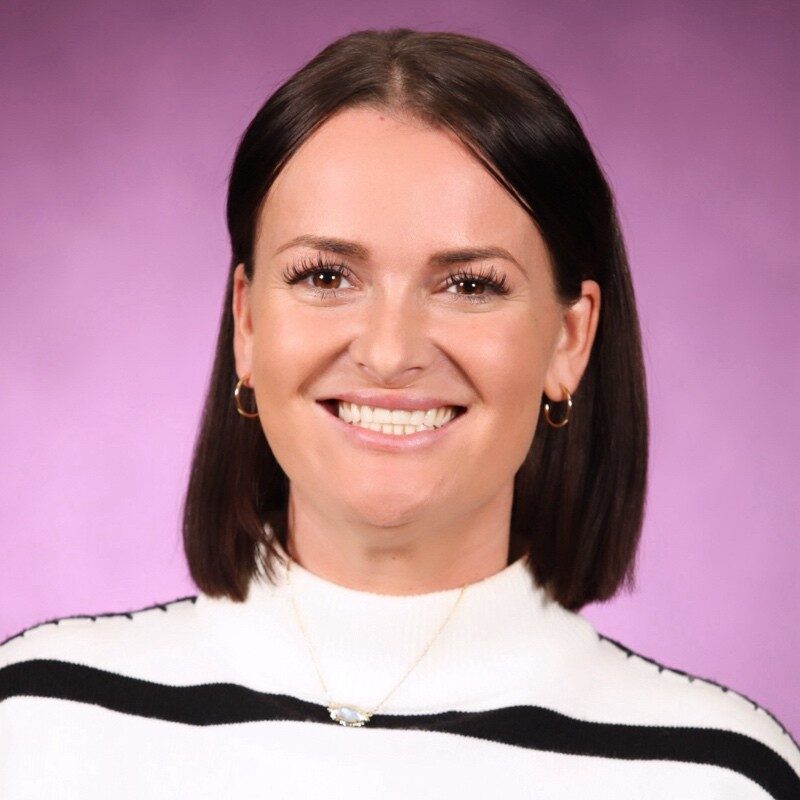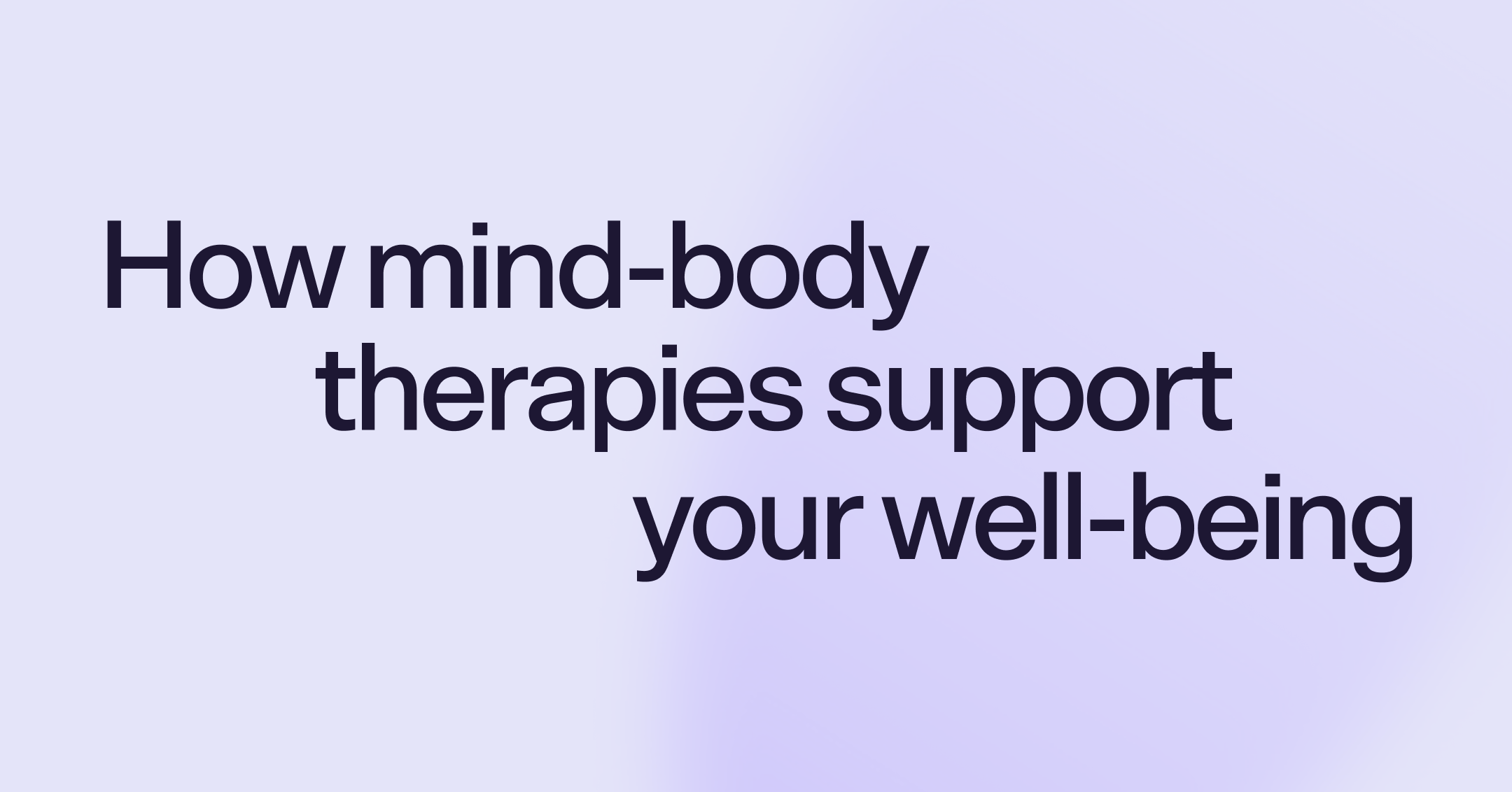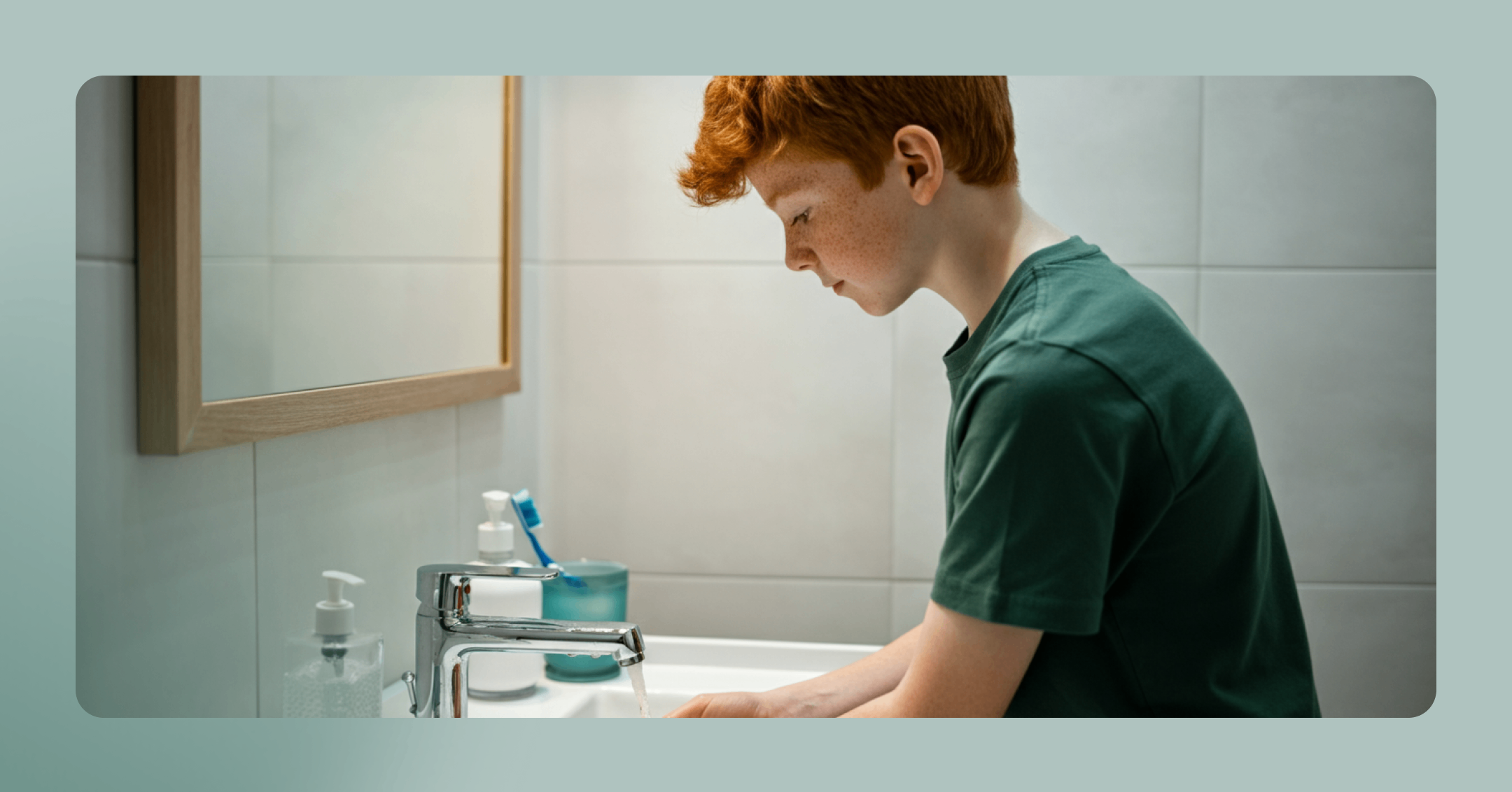Queerplatonic relationships are based on a deep emotional bond without expectations of sex or romance.
These types of relationships are common within the LGBTQ+ community — especially among people who identify as asexual and/or aromantic.
If you’re interested in a queerplatonic relationship, therapy can help you strengthen communication and build emotional closeness with your partner.
Relationships can come in many forms, and what feels right for some people may not work for others. One example is a queerplatonic relationship. Queerplatonic relationships involve deep emotional bonds that go beyond friendship. They usually don’t include romance or sex, but they can feel just as important as a romantic partnership.
People in queerplatonic relationships might live together, share money, raise children, or choose each other as their main source of support. What makes these relationships special is that the focus isn’t on romance — it’s on a chosen, intentional connection that can be just as strong and meaningful.
If you’re curious about queerplatonic relationships, remember that the most important thing is finding connection in a way that feels authentic and supportive to you.
What it means to be queerplatonic
A platonic relationship is when two people, like siblings or best friends, share a close bond. Romantic relationships also involve an emotional connection but often include sex and physical intimacy.
Queerplatonic partnerships don’t fit neatly into either of these relationship categories. They’re more than a typical friendship but aren’t romantic in nature. According to one description, “they're not friendship, not dating, but a secret third thing.”
You might say, "I love you," or prioritize one another like you would in a romantic relationship. Some partnerships include some physical intimacy, like cuddling or holding hands, but it depends on the couple.
Other things that queerplatonic relationships can be based on include:
Emotional intimacy: Queerplatonic relationships involve a genuine personal connection. You should feel like you can be your true self with your partner.
Partnership: You support each other’s goals and make life decisions together.
Mutual commitment: Queerplatonic relationships are based on mutual commitment. Partners can choose to live together, raise children, and/or share finances.
The care you need, when you need it
Learn how Rula can support your mental health journey
Could a queerplatonic relationship work for you?
Queerplatonic relationships involve deep emotional connection typically without any expectations of sex or romance. The concept isn’t anything new, but the arrangement is more commonly accepted by Gen Z (people born between 1997 and 2012) and LGBTQ+ communities. They’re especially prevalent among those who identify as asexual, aromantic, or somewhere on those spectrums.
Being in a queerplatonic relationship offers several benefits, starting with emotional intimacy. This means that you feel emotionally safe, close, and connected with your partner. For example, you laugh together and are comfortable having meaningful conversations.
Other possible benefits of a queerplatonic relationship include:
Freedom and flexibility: Because queerplatonic relationships aren’t defined by traditional norms, they can offer the flexibility to create a partnership that suits your needs. For example, you might live together or separately. You might have an open relationship or choose monogamy.
Stability: Queerplatonic relationships can provide long-term companionship and stability.
Person development: Having a supportive partner can improve your self-esteem, emotional resiliency, and overall well-being.
Despite these benefits, being in a queerplatonic relationship can also come with challenges. For example, you may find that people don’t always recognize or respect your relationship. It can also be difficult to maintain clear boundaries.
If you’re still on the fence, here are a few questions to help you understand whether a queerplatonic relationship is right for you.
Are you interested in an emotional commitment that doesn’t involve sex or romance?
Do you want a partner to share your life on a deep level?
Are traditional labels important to you?
Are you comfortable being in a relationship that other people might not recognize or understand?
How to navigate a queerplatonic partnership
Being in a queerplatonic relationship will look different for everyone. If you have a partner or are looking for one, here are a few tips to help you grow your unique emotional connection.
1. Consider who you choose as your partner
When choosing a partner, look for someone who shares similar values and relationship goals. This might be a long-term friend or someone in your chosen family.
2. Discuss boundaries and expectations
Setting boundaries can help you and your partner discuss expectations and how you’d like to be treated in your relationship. For example, you might talk about exclusivity and how you want to label your relationship. You might discuss how you’ll make time to prioritize both your needs and the health of the relationship.
3. Prioritize communication
Relationship expectations can evolve over time, so make space to regularly talk about your needs. Open and honest communication can help ensure that you and your partner are on the same page.
This is also a chance to review how you'd like to respond to external pressures or assumptions. While you should never have to justify your relationship, you might find it empowering to have a straightforward response prepared.
4. Seek outside support
If you're unsure how to build or grow the relationship you want, consider working with a therapist. Therapy can help with things like improving communication skills and navigating major life transitions.
Couples therapy is designed to support different types of relationships, including queerplatonic partnerships. Depending on your sexuality, you might even want to look for a therapist who specializes in LGBTQ+ relationships.
Queerplatonic partnerships can support mental health by offering stability and belonging outside of traditional roles. They give people the freedom to define connection in the way that feels healthiest for them.

Brandy Chalmers, LPC
Clinical reviewer
Find care with Rula
Queerplatonic relationships are about having a close bond that goes beyond friendship. They can bring closeness and support but may also have challenges. Talking with a therapist can help you and your partner navigate those challenges together.
At Rula, we’re committed to delivering a comprehensive behavioral health experience that helps people feel seen and understood so they can get back to feeling their best.
Rula makes it easier to find a licensed therapist or psychiatric provider who accepts your insurance so you don’t have to choose between affordable care and excellent care. With a diverse network of more than 15,000 providers, 24/7 crisis support, and appointments available as soon as tomorrow, we're here to help you make progress — wherever you are on your mental health journey.
Rula's editorial process
Rula's editorial team is on a mission to make science-backed mental health insights accessible and practical for every person seeking to better understand or improve mental wellness.
Members of Rula’s clinical leadership team and other expert providers contribute to all published content, offering guidance on themes and insights based on their firsthand experience in the field. Every piece of content is thoroughly reviewed by a clinician before publishing.




